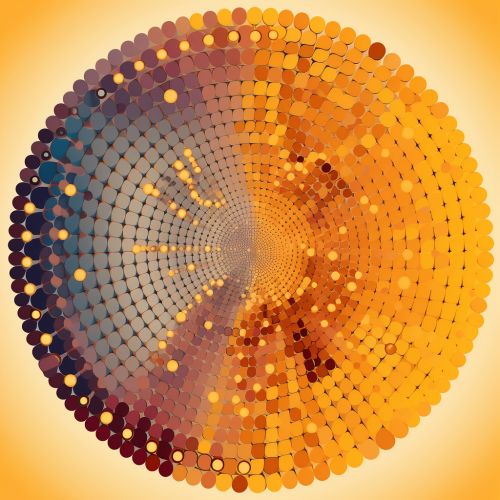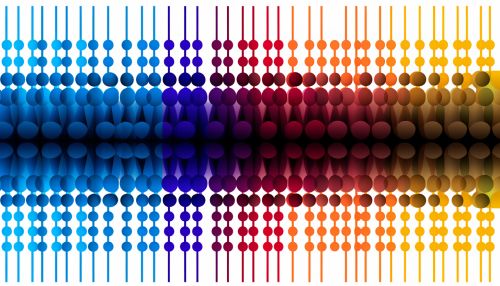Fourteen
Introduction
The term "Fourteen" refers to the natural number following thirteen and preceding fifteen. As an Arabic numeral, it is denoted as 14. The number fourteen holds significance in various fields such as mathematics, science, history, and culture. This article aims to delve into the diverse aspects of the number fourteen, providing a comprehensive understanding of its usage and significance.


Mathematics
In mathematics, fourteen is classified as a composite number, as it has divisors other than 1 and itself. The divisors of fourteen are 1, 2, 7, and 14. It is also a semiprime number, which is a natural number that is the product of two (not necessarily distinct) prime numbers. In this case, the two prime numbers are 2 and 7.
Fourteen is the third discrete semiprime (2.7) and the third in the (2.q) family. In terms of its position in the sequence of numbers, it is the eighth number in the Fibonacci sequence, coming after 8 and before 21[1].


Science
In the realm of science, fourteen is the atomic number of silicon, a chemical element symbolized as Si on the periodic table. Silicon is a hard, brittle crystalline solid with a blue-grey metallic lustre, and it is a tetravalent metalloid and semiconductor[2].
In biology, the fourteenth chromosome in the human body is one of the 23 pairs of chromosomes in humans. People normally have two copies of this chromosome. Chromosome 14 spans about 107 million base pairs (the building material of DNA) and represents approximately 3.5 percent of the total DNA in cells[3].


History and Culture
Historically, the number fourteen has held significance in various cultures and contexts. For instance, in ancient Egypt, the number fourteen was symbolic of renewal and regeneration, as it was associated with the lunar cycle and the phases of the moon[4].
In Christianity, the number fourteen has a special place as it is considered the symbol of salvation and grace. The fourteenth day of the first month (Nisan 14) is the Passover, when Jesus was crucified in the Jewish-Christian tradition[5].
In literature, the sonnet, a popular form of poetry, traditionally consists of fourteen lines. This form was popularized by poets such as William Shakespeare and Petrarch[6].


See Also
References
1. "The Fibonacci Sequence". Math is Fun. Retrieved 2021-09-15. 2. "Silicon". Royal Society of Chemistry. Retrieved 2021-09-15. 3. "Chromosome 14". Genetics Home Reference. U.S. National Library of Medicine. Retrieved 2021-09-15. 4. "Symbolism of the Number 14". Ancient Symbols. Retrieved 2021-09-15. 5. "Passover". Jewish Virtual Library. Retrieved 2021-09-15. 6. "Sonnet". Poetry Foundation. Retrieved 2021-09-15.
